Entry Type: Thing - Starting with H
Habicht-Cohn-Crow House
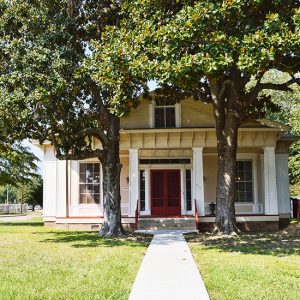 Habicht-Cohn-Crow House
Habicht-Cohn-Crow House
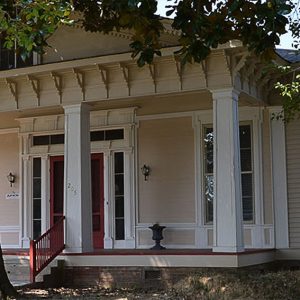 Habicht-Cohn-Crow House
Habicht-Cohn-Crow House
Haemogregarines
 Haggard Ford Swinging Bridge
Haggard Ford Swinging Bridge
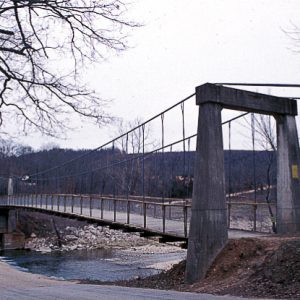 Haggard Ford Swinging Bridge
Haggard Ford Swinging Bridge
Haggard Ford Swinging Bridge
aka: Bear Creek Bridge
Hale Creek Bridge
 Hale Creek Bridge
Hale Creek Bridge
 Halfway from Hoxie by Miller Williams
Halfway from Hoxie by Miller Williams
Halfway from Hoxie
Hallelujah
 Hallelujah Stamp
Hallelujah Stamp
Hallie [Steamboat]
Hammond Packing Company v. Arkansas
Hampton Waterworks
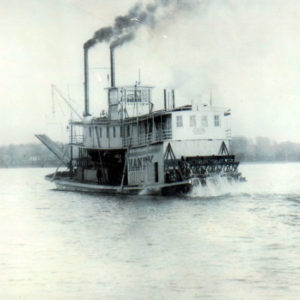 Handy Steamboat
Handy Steamboat
Handywagon
 Handywagon
Handywagon
 Hanging Tree
Hanging Tree
 Hardee Pattern Battle Flag
Hardee Pattern Battle Flag
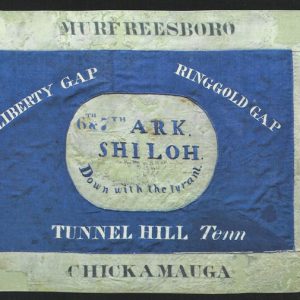 Hardee Pattern Battle Flag
Hardee Pattern Battle Flag
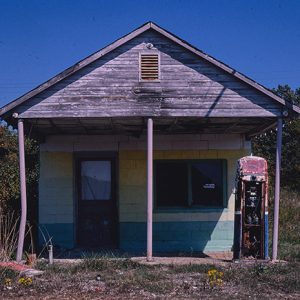 Hardy Amoco Station
Hardy Amoco Station
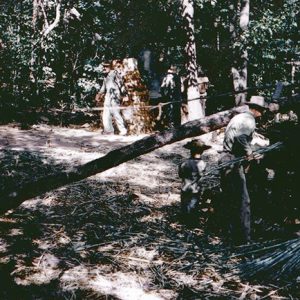 Harmon Sorghum Mill
Harmon Sorghum Mill
Harps Food Stores Inc.
 Harrison Bridge
Harrison Bridge
Harry K. Dupree Stuttgart National Aquaculture Research Center
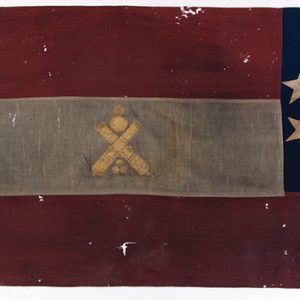 Hart's Battery Flag
Hart's Battery Flag
Hartford Music Company and Hartford Music Institute
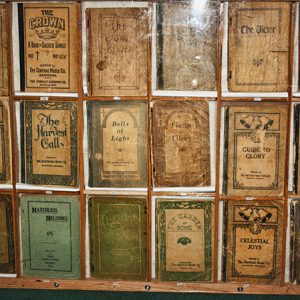 Hartford Music Company Song Books
Hartford Music Company Song Books
 Hartford Water Tower
Hartford Water Tower
Hartford Water Tower
 Harvest
Harvest
Harvestmen
aka: Daddy Long-Legs
aka: Granddaddy Long-Legs
 Harvestmen of Arkansas
Harvestmen of Arkansas
Harvey’s Grocery and Texaco Station
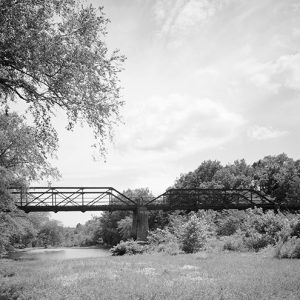 Hatfield Bridge
Hatfield Bridge
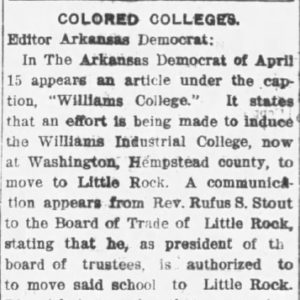 Haygood Seminary Letter
Haygood Seminary Letter
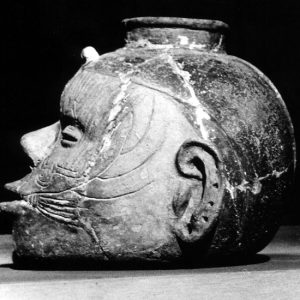 Head Pot
Head Pot
Head Pots
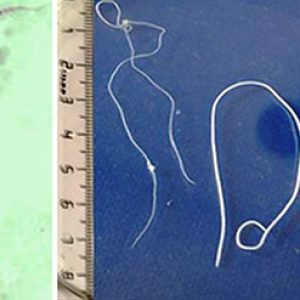 Heartworm
Heartworm
 Heartworm Life Cycle
Heartworm Life Cycle
 Heber Springs Depot
Heber Springs Depot
Heber Springs Water Panther
 Education, Mural by Paul Heerwagen
Education, Mural by Paul Heerwagen
 Religion, Mural by Paul Heerwagen
Religion, Mural by Paul Heerwagen
 War, Mural by Paul Heerwagen
War, Mural by Paul Heerwagen
 Justice, Mural by Paul Heerwagen
Justice, Mural by Paul Heerwagen




